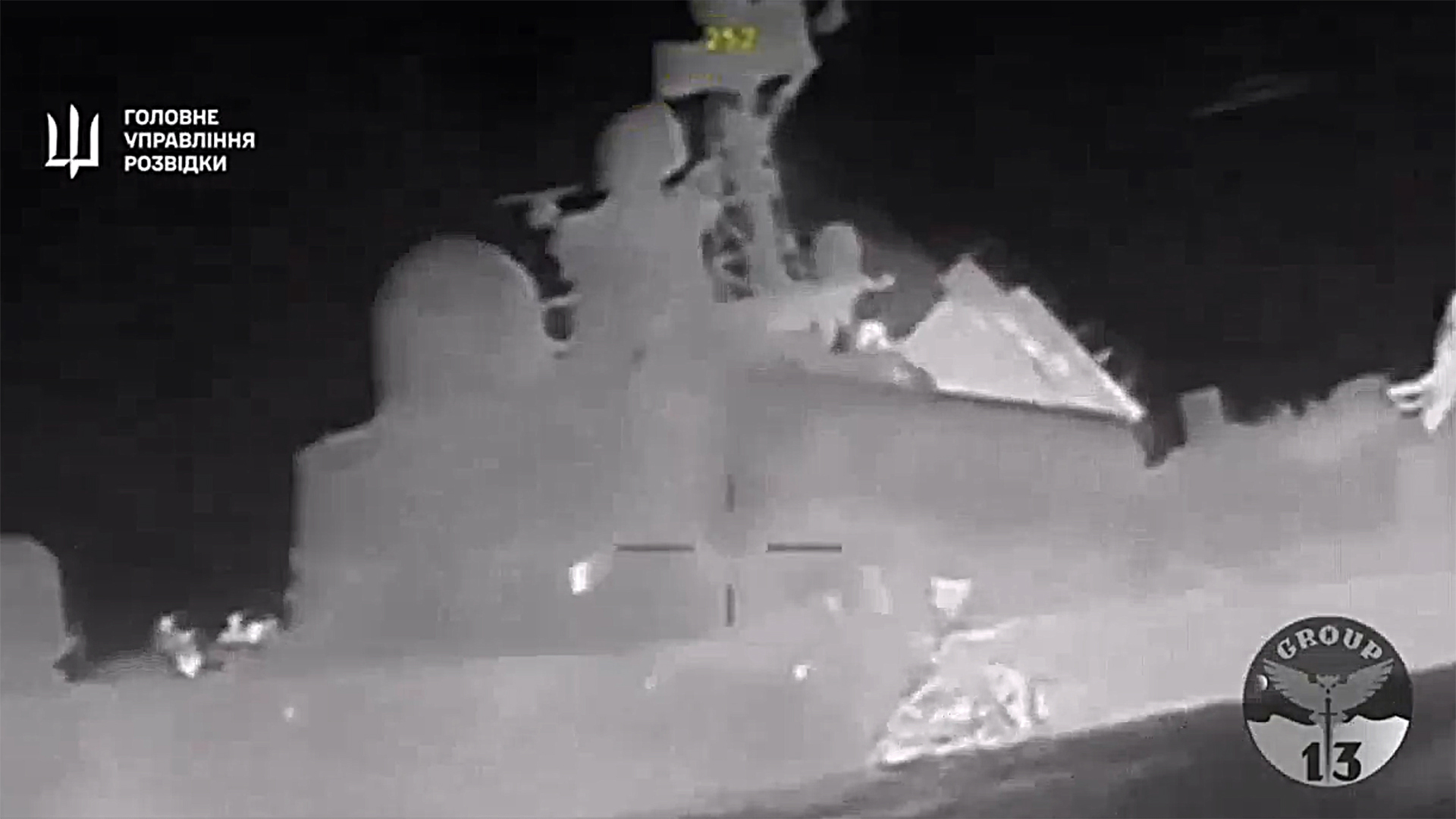A dramatic new view released by the Ukrainian Defense Intelligence Directorate (GUR) shows several of its uncrewed surface vessels (USVs) strike and sink the Russian Tarantul-III class missile corvette Ivanovets. The attack took place Wednesday night local time on the Black Sea near Lake Donuzlav in western Crimea, the GUR said on its Telegram channel.
A 128-second video posted on Twitter shows what appears to be a complex attack on the Ivanovets by what Lt. Gen. Kyrylo Budanov, commander of GUR, told us were Maritime Autonomous Guard Unmanned Robotic Apparatus (MAGURA V5) USVs operated by the GUR’s Group 13 drone unit.
“In the course of special (active) measures in the period from Jan. 31 to Feb. 1, the department planned and carried out the destruction of” the Ivanovets “on the raid of Lake Donuzlav,” Budanov told us. “During the destruction of the specified ship, six direct hits by naval drones were made to the hull of the ship. As a result of the damage, the ship rolled astern and sank. According to preliminary data, the search and rescue operation conducted by the enemy was not successful.”
The video, however, appears to show three USVs hitting the corvette.
The first is seen approaching the Ivanovets on the starboard side as the corvette is underway. The USV then makes a sharp turn to the left and advances toward the Ivanovets’ stern. A bright flash is seen as the USV explodes upon impact.
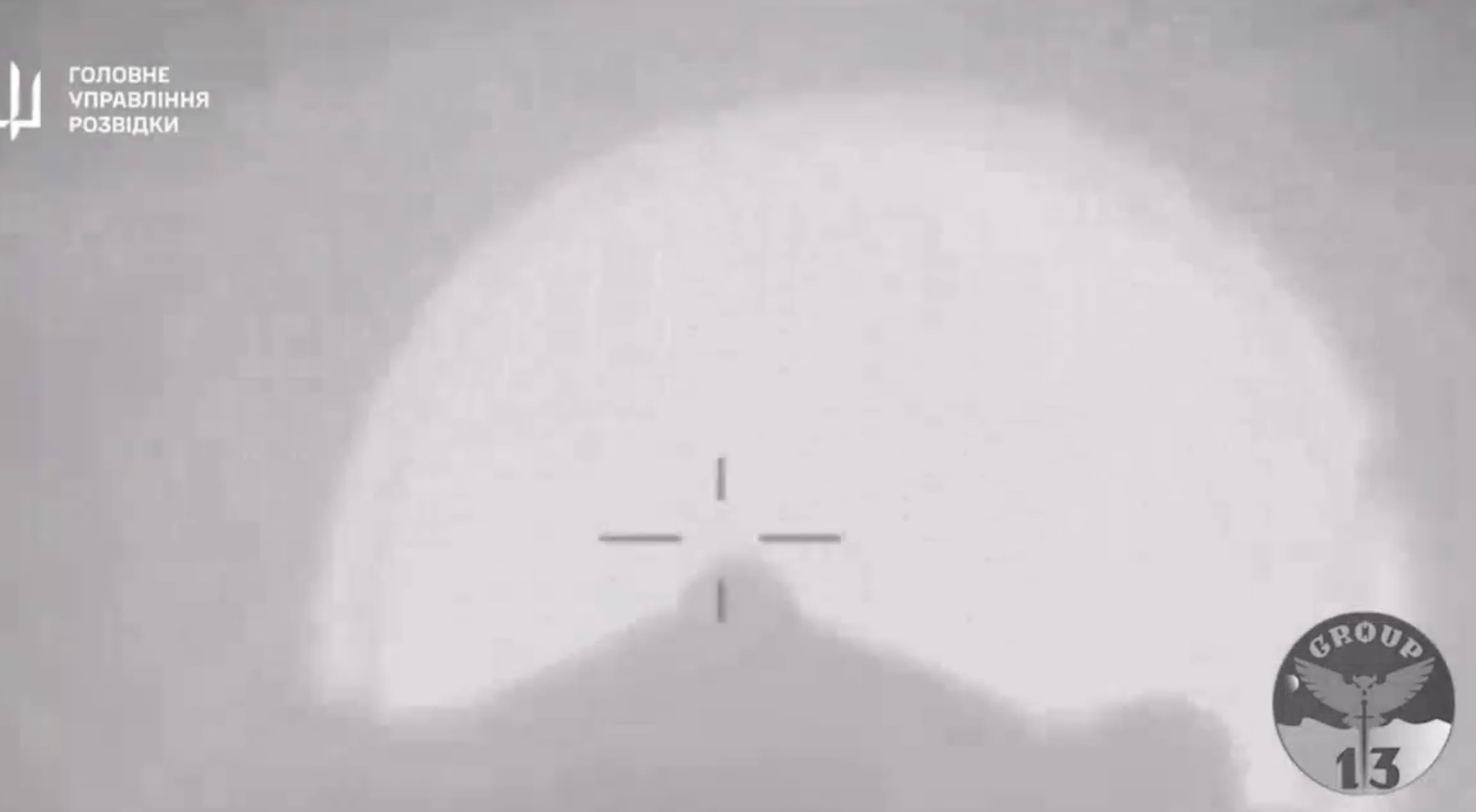
At around the 21-second mark, a second USV comes into view, speeding toward the stricken ship in a zig-zag pattern as it avoids the vessel’s 30 mm AK-630M Close-In Weapon System (CIWS) firing at it in a desperate and unsuccessful attempt to stop it. That USV hits the Ivanovets at around the 38-second mark astern on the port side.
Another USV strikes the Ivanovets around midship on the port side at the 48-second mark. It hit where another USV previously created a large gash.
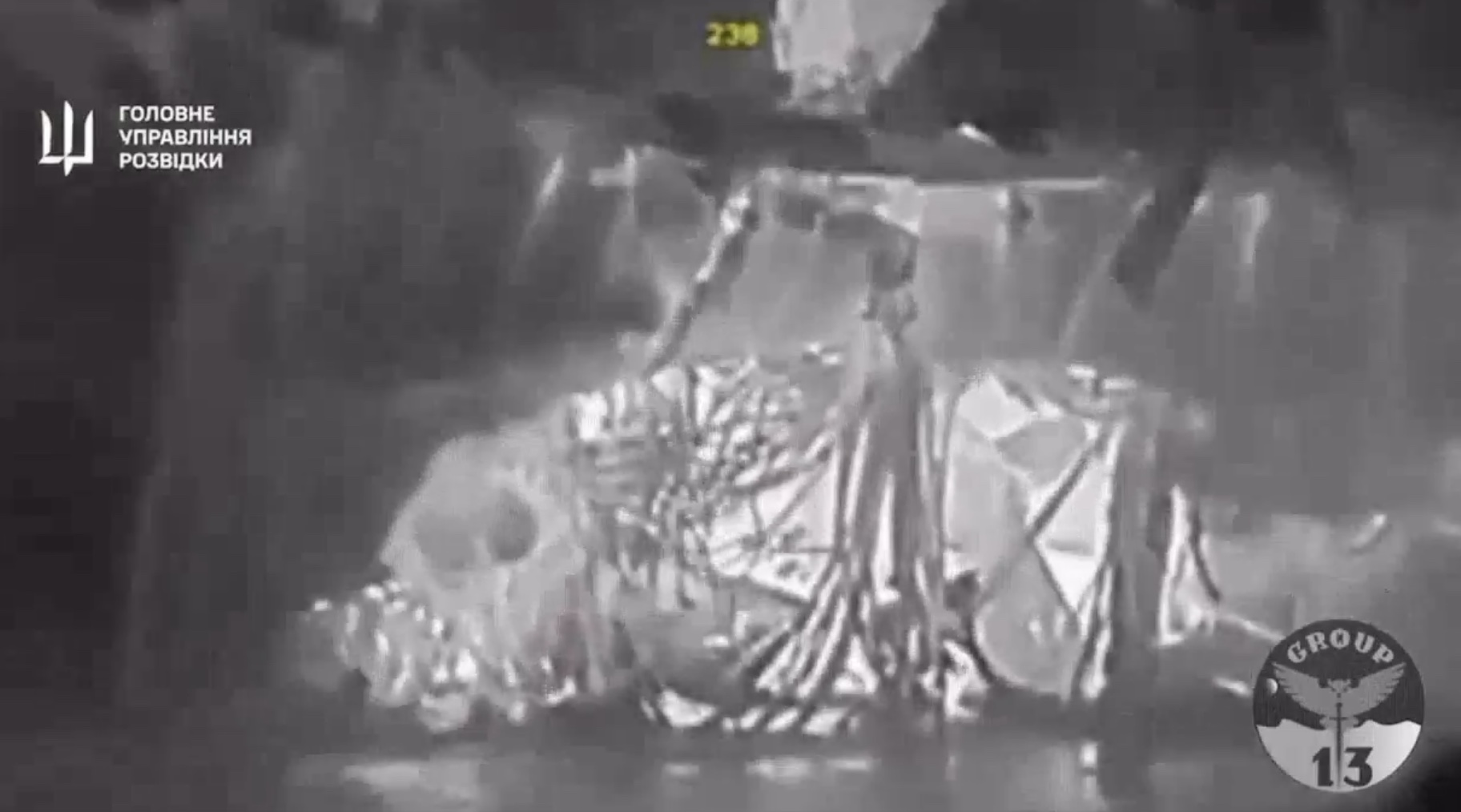
The video ends with the missile corvette sinking stern-first as the bow protrudes from the water.
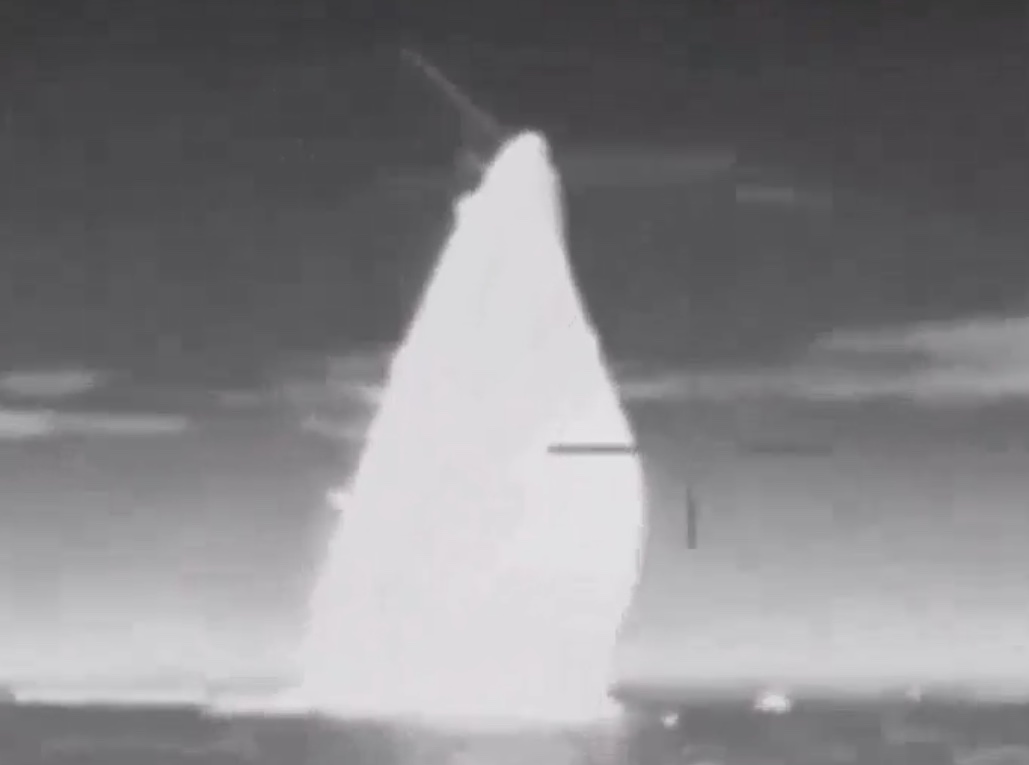
The attack took place more than 130 miles from the nearest Ukrainian port, though it is possible the USVs could have been launched from a mothership further out into the Black Sea. Budanov declined to specify the USV’s launch point.
While the Russian Defense Ministry had not addressed the sinking as of noon Eastern time, several Russian Telegram channels confirmed it.
“The Ivanovets MRK sank while repelling a night attack by the Ukrainian Armed Forces on Sevastopol,” the Russian VoenkorKotenok Telegram channel wrote. “The ship took three hits from naval drones. The crew fought until the last to keep the ship afloat.”
A retired Russian Navy officer who uses the @Capt_Navy twitter handle confirmed it to The War Zone.
“Yes, the rocket boat has sunk,” he told us.
Created by the Ukrainian state enterprise “SpetsTechnoExport,” the MAGURA V5 is a 5.5 meter (18 feet)-long USV with a range of 450 nautical miles, a cruising speed of 22 knots and a burst speed of 42 knots thanks to its waterjet propulsion and streamlined hull, according to according to the Ukrainian Militarnyi media outlet. Sitting a half meter (1.6 feet) above the waterline with a payload capacity of 320 kilograms (705 pounds), the Magura V5 packs a significant punch in a hard-to-spot USV. The company says it communicates via mesh radio with an air-based repeater and/or SATCOM.
As we have written about previously, GUR used MAGURA V5 drones in the past. In one case, they destroyed two Russian landing craft docked at a Russian Navy base in Chornomorske, in western Crimea on Nov. 10. GUR released a video of that attack at the time, which you can see below.

It’s unclear when the MAGURA V5 was first used in combat, but it was introduced publicly at the International Defense Industry Fair (IDEF) in Turkey in July, according to Militanaryi.
Also in July, a CNN report on Ukraine’s USV program included video that shows the MAGURA V5. While CNN does not name the USV, it’s the same USV depicted in the images released on Russian Telegram previously, but there are some differences in terms of sub-component configuration.

A few weeks later, the Russians claimed they captured a V5, marking the second known time that Russia has gotten its hands on a Ukrainian USV.
As we reported in September 2022, an early version of a Ukrainian USV was found beached in Sevastopol. It was the first time we had ever seen a Ukrainian USV and it was a month before Ukraine unleashed its drone boat campaign against Russian naval assets, starting with a massive attack on Sevastopol.

The 56-meter-long Ivanovets was commissioned on Dec. 30, 1989 and received its current name on Oct. 29, 1998, according to the semi-official Black Sea Fleet website. It has a top speed of up to 41 knots and a crew of up to 45.
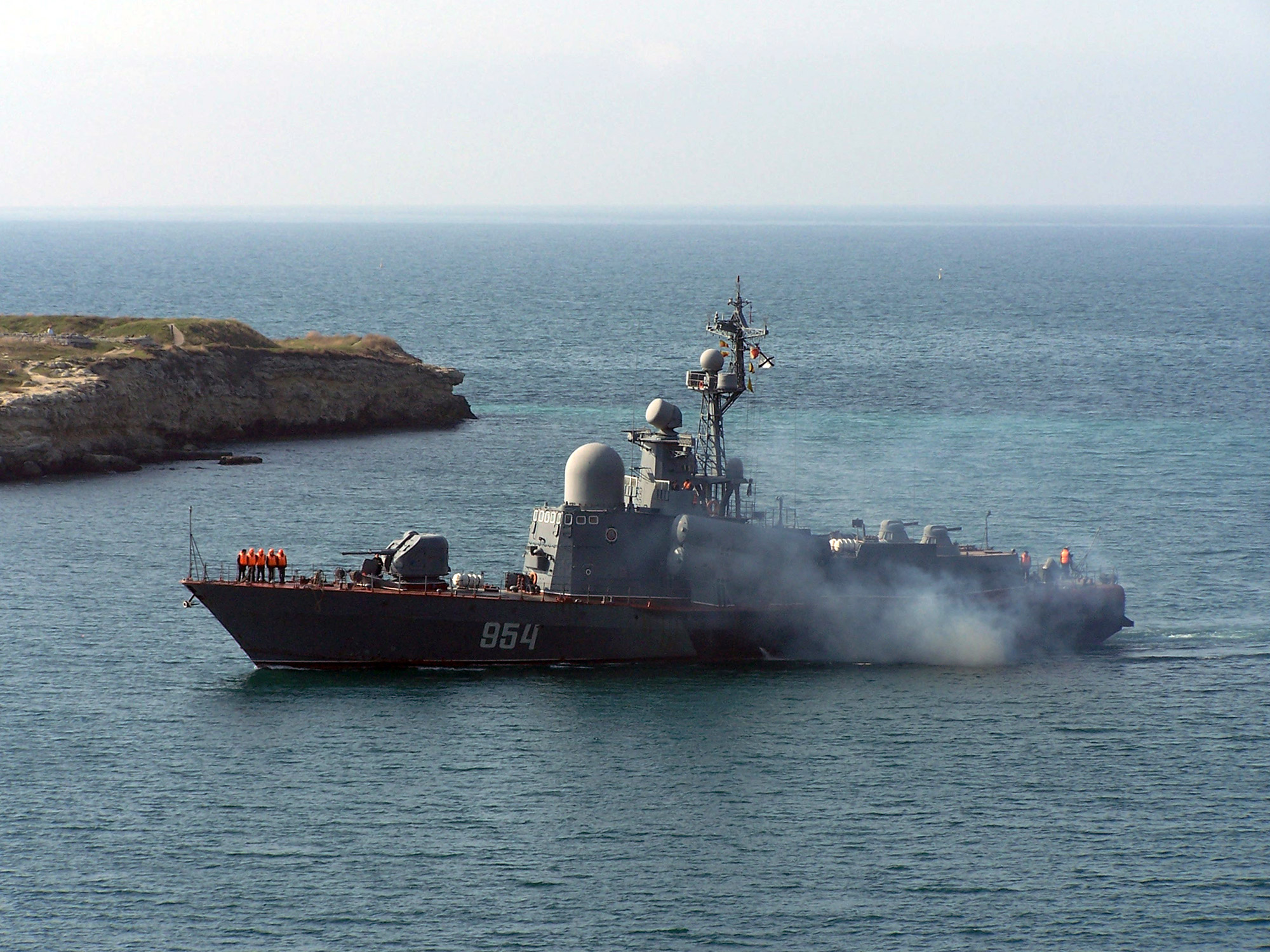
On July 21, 2023, the Ivanovets “carried out live firing of anti-ship cruise missiles at a target ship” in a combat training rage in the northwestern part of the Black Sea, the Russian Defense Ministry (MoD) said on its Telegram channel at the time.
From our story at the time: “The ship reportedly fired P-270 Moskit supersonic anti-ship missiles, whose NATO reporting name is the SS-N-22 Sunburn. They have conventional and nuclear warhead capacity, are capable of flying at a speed three times the speed of sound and have a range of around 75 miles. The missiles were aimed at the corvette Ternopil, according to the Ukrainian OperativnoZSU Telegram channel. The Ternopil, once one of Ukraine’s most capable warships, was captured by Russia when it seized Crimea in 2014. The Russian MoD released video showing the missiles being launched, then the target vessel exploding. The target was destroyed, according to the Russian MoD.“
The attack on the Ivanovets is part of Ukraine’s asymmetrical offense against the Russian Navy that we have written about frequently.
Budanov vowed that that this won’t be the last such attack against a Russian warship. And he shared with us a message for Moscow.
“Get ready,” he said.
Contact the author: howard@thewarzone.com
